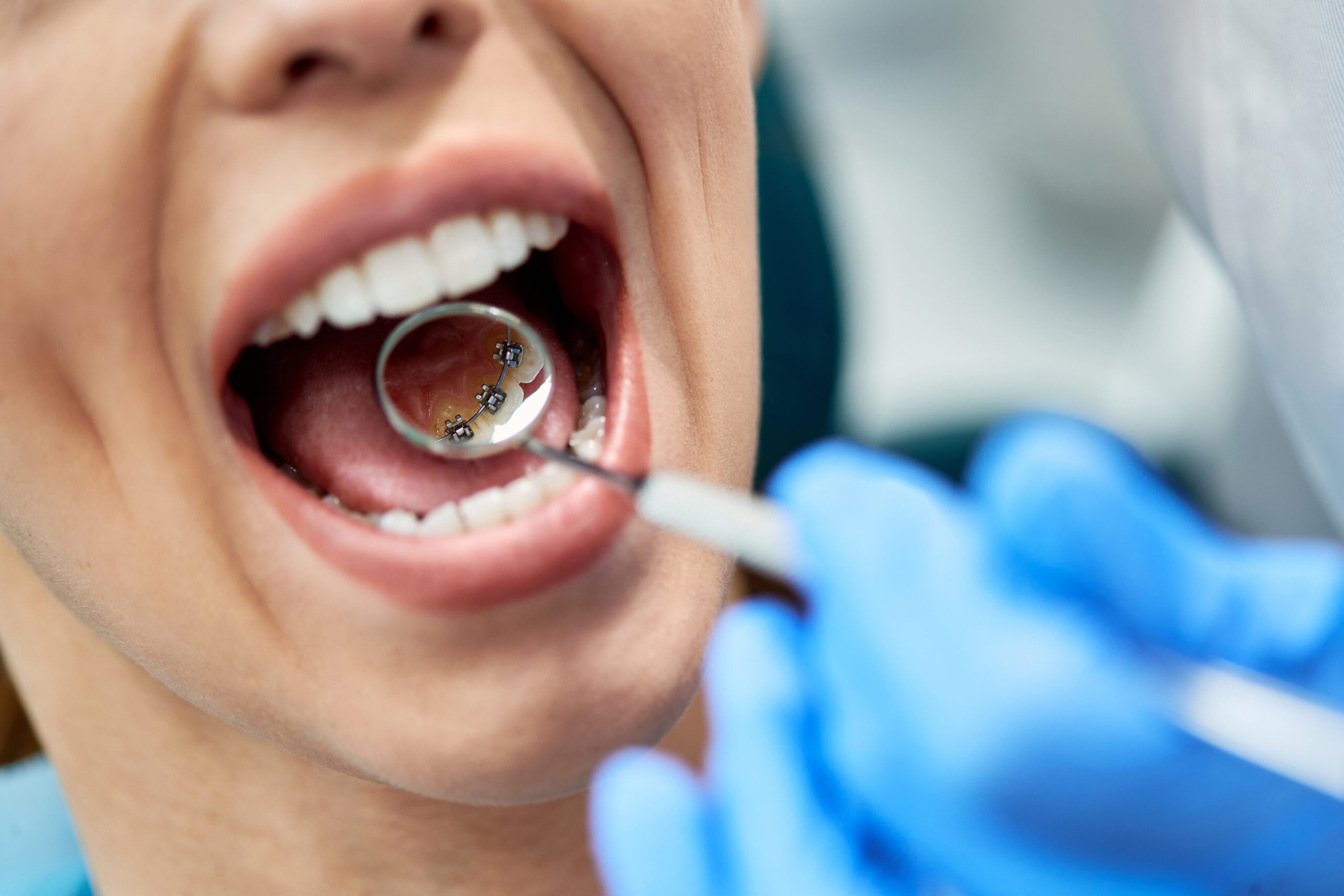The Basic Principles Of Legacy Orthodontics
The Basic Principles Of Legacy Orthodontics
Blog Article
Legacy Orthodontics Things To Know Before You Buy
Table of ContentsHow Legacy Orthodontics can Save You Time, Stress, and Money.The Buzz on Legacy Orthodontics10 Easy Facts About Legacy Orthodontics ExplainedThe smart Trick of Legacy Orthodontics That Nobody is Talking AboutSee This Report about Legacy Orthodontics
At Advanced Orthodontics, we supply individuals with a alternative treatment experience. Additionally, we provide adjustable therapy routines, adaptable payment alternatives and a fun, delightful experience. clear braces. Phone call ( 480) 357-4900 today to find out more and schedule a visit.An orthodontist is a dental expert educated to detect, avoid, and deal with teeth and jaw abnormalities. They fix existing problems and are educated to determine problems that may develop in the future. Orthodontists function with people of every ages, from children to grownups. People often associate an ideal smile with healthiness.
Malocclusion, or misaligned teeth, can bring about oral problems, including dental cavity, gum illness, and tough or painful chewing. Yet not everyone is born with straight teeth. If you have a negative bite or huge spaces between your teeth, you may desire to get in touch with a dental practitioner specializing in orthodontic treatment.
Legacy Orthodontics - An Overview
( Image Credit Rating: DigitalVision/Getty Images) Orthodontists utilize taken care of and removable dental devices, like dental braces, retainers, and bands, to alter the position of teeth in your mouth. Orthodontic therapy is for oral irregularities, including: Uneven teethBite issues, like an overbite or an underbiteCrowded teeth or teeth that are as well much apartJaw misalignmentThe objective of orthodontic therapy is to improve your bite.
While you might think of orthodontists as mostly for children or teenagers who require dental braces, they can correct dental problems at any kind of age. Orthodontists go to university, oral institution, and orthodontic school.
All orthodontists are dentists, yet not all dental practitioners are orthodontists. Orthodontic residency programs supply extensive, concentrated instruction for oral specialists. They concentrate on two locations: Exactly how to effectively and safely move teeth How to correctly direct development in the teeth, jaw, and faceOnce an orthodontist has actually completed training, they have the choice to come to be board accredited.
Legacy Orthodontics Fundamentals Explained
Misalignment, or malocclusion, is the most typical reason individuals see an orthodontist. It is hereditary and is the result of dimension differences between the top and lower jaw or between the jaw and teeth. Malocclusion brings about tooth overcrowding, an irregular jaw, or uneven bite patterns. Malocclusion is usually treated with: Your orthodontist attaches metal, internet ceramic, or plastic square bonds to your teeth.
If you have just small malocclusion, you might have the ability to utilize clear dental braces, called aligners, rather of standard braces (https://papaly.com/categories/share?id=2becedbdea2a4f1c81a1e8b991096c84). Some people need a headgear to aid move teeth into line with stress from outside the mouth. After dental braces or aligners, you'll require to put on a retainer. A retainer is a custom-made gadget that maintains your teeth in position.
They're most typically utilized on youngsters. They can develop additional space in the mouth without needing to pull teeth. If you have a major underbite or overbite, you may require orthognathic surgery (likewise called orthodontic surgical treatment) to lengthen or reduce your jaw. Orthodontists utilize cables, medical screws, or plates to sustain your jaw bone.
You may require to see an orthodontist if you have: Crowding or otherwise adequate space for all of your teethOverbite, when your upper teeth come over your bottom teethUnderbite, when your bottom teeth are too much forwardSpacing or concerns with gapsCrossbite, which is when your top teeth fit behind your base teeth when your mouth is closedOpen bite or a vertical gap between your front base and upper teethMisplaced midline, when the center of your base and top teeth do not align Fixing a dental malocclusion can: Make attacking, chewing, and speaking easierImprove the symmetry of our face and your general appearanceEase discomfort from temporomandibular joint disordersDifferent your teeth and make them simpler to cleanse, assisting prevent dental cavity or cavities It's usually a dental professional who initially notifications misaligned teeth during a regular exam.
The Only Guide for Legacy Orthodontics

Throughout your initial orthodontic appointment, you'll likely have: An oral examPhotos taken of your face and smileDental X-raysPanoramic (360 degree) X-rays of your face and headImpressions to develop mold and mildews of your teethThese examinations will assist your orthodontist know how to continue with your treatment. leesburg invisalign. An orthodontist is a dental expert that's had training to treat your teeth and jaw
An orthodontist is concentrated on your bite, so something like a broken tooth would be taken care of by a dentist. Orthodontists are concentrated on your bite, or the method your teeth fit together, and the straightness of your teeth.
Ever questioned how celebrities always seem to have perfectly aligned teeth? Orthodontists are oral specialists who focus on dealing with irregularities in the teeth and jaws.
Legacy Orthodontics for Beginners

, orthodontists have a varied toolkit at their disposal. These tried-and-true braces make use of a system of braces adhered to the teeth and linked by cables.
Clear aligners, like Invisalign, are a preferred option for clients seeking an extra discreet therapy option. These detachable trays are personalized to considerably move the teeth's position. Headgear might be utilized in conjunction with braces or aligners to apply additional targeted forces, especially for fixing jaw discrepancies. In instances of slim jaws, palatal expanders can be used to create room for correct tooth positioning.
Report this page